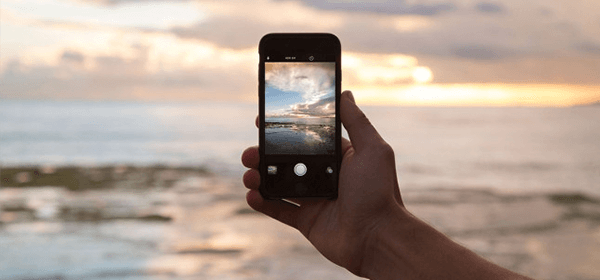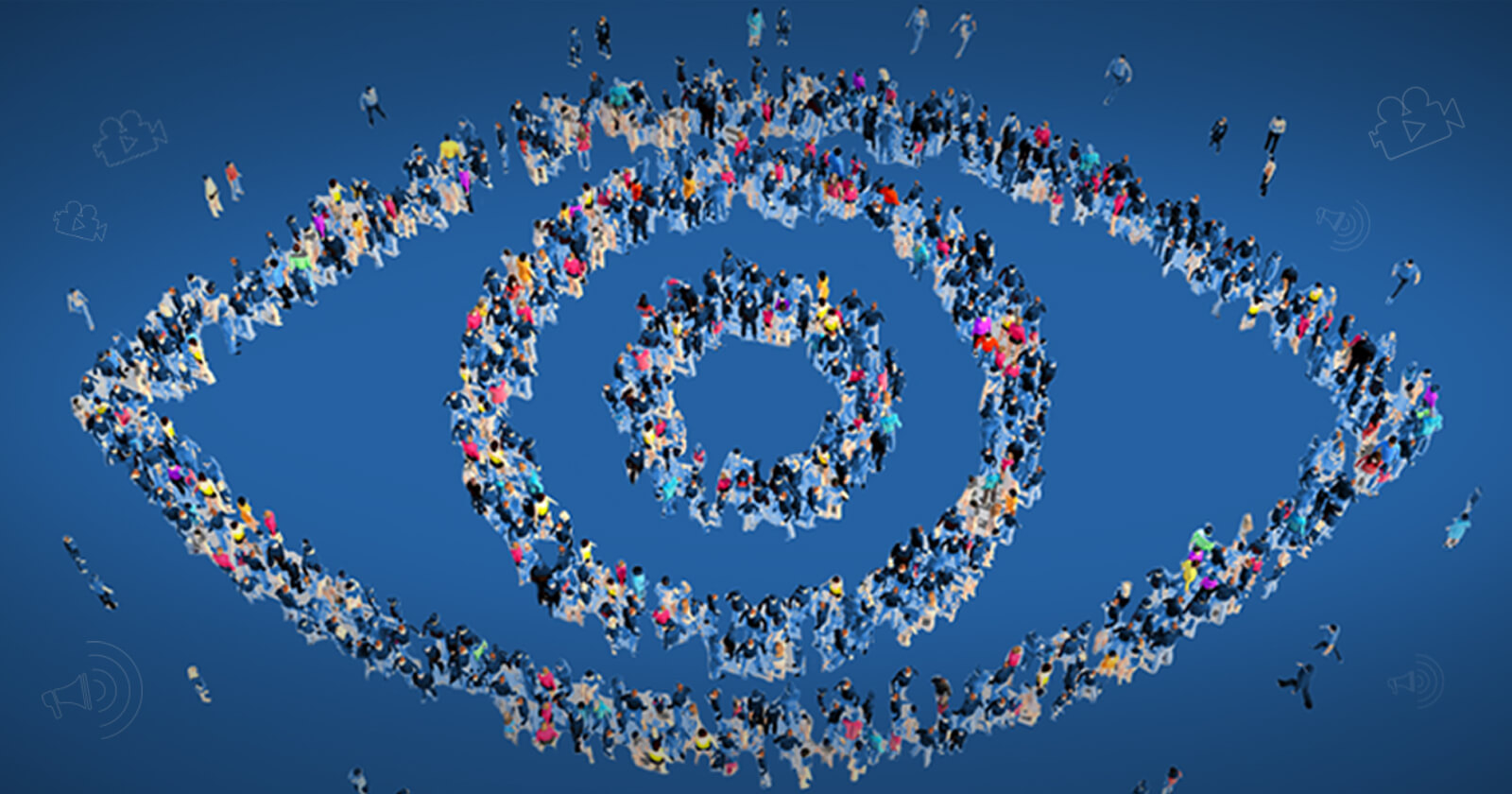5 Tips to Make An Eye-Catching Live Video Stream
Dacast is pleased to introduce you to Dylan Schneibolk, who is going to share tips for making an eye-catching live video stream.
The amount of available live video streams on the internet increases drastically every day. As more marketers and broadcasters find it to be a useful medium, more of them are adopting live streaming into their business strategies. As with most marketing initiatives, broadcasting live video is an exposure play, content creators want the most possible eyes on their content. But in today’s day and age, one must get the viewer’s attention within the first few seconds of viewing.
Video consistently performs better than other kinds of digital ad media online, but it’s still important to stand out from other marketers breaking into the live video game.
Here are some tips and tricks for making sure you create a live video stream that a viewer must-see.
1- If you have the budget, consider using a video streaming platform


2- Build FOMO with your live content
People gravitate to a live experience. The fact that a video is live and will end at some point already contributes to viewers’ fear of missing out, so make sure your video’s frame or background clearly indicates that the stream is live. A countdown to the end can increase this effect even more.
If you want to stand out from other live content, there are some additional steps you can take as well. Make sure your content provides the viewer with an incentive to stay in your audience. By placing special announcements or giveaways at the end of a live stream, the viewer’s F.O.M.O will hopefully force them to stay until you close the proverbial curtain (of course, be sure you’ve made it clear that this is what you plan on doing so people know they have something to wait for).
3- Involve relevant influencers
Content promoted by influencers can be especially eye-catching. For example, when Home Depot wanted to boost holiday sales, they found that having Martha Stewart on-screen during a live event helped attract a large audience. Give your audience an opportunity to engage with a recognizable face in a live context.
This is especially useful for events that are meant to raise awareness or funds for a cause. Each year, 24 Hours of Climate Reality with Al Gore regularly garners millions of viewers (check out this resource kit to learn more). Of course, this is in part due to the topic, but the presence of Al Gore and celebrity hosts can be the thing that first catches a viewer’s eye.
4- Emphasize personal interaction with your audience
Ultimately, your live stream is about communication, and just like any other interaction, it’s important to use body language that indicates that you (or whoever is on camera) care about what you’re talking about and how your audience feels. Make eye contact. Lean in. Try to move around. Take advantage of the fact that your content is live and in motion!
5- Most Importantly … Know Your Audience
With the ease of today’s content creation, audiences are more diverse than ever. Take the time to survey your audience, ask for feedback and engage with your viewers on a regular basis. The more interactive your broadcast is, the deeper the connection with your audience will be.


Webinars, panels, and conference keynotes tend to perform best when there is a dynamic, professional-looking, a preferably recognizable leader on screen talking, while power points are less dynamic and don’t fully grasp the attention of professional audiences. As I mentioned earlier, you want to take advantage of the fact that you’re working in a medium that incorporates motion. Why turn your dynamic content into something stationary? If you can, avoid motionless, text-heavy elements.
Knowing who your audience is and what they want will help you determine what kind of on-screen and frame elements will attract attention, and what kind of content will keep them engaged.
What’s more, what you learn from how your audience reacts to your live stream will provide valuable information about what kind of content, influencers, frames, and layouts will perform well for future live events. Make sure you have access to a platform that provides you with analytics and specific information about your audience.
For more on audience targeting strategies, retargeting, and distributing your audiences to check out this blog.
*AmpLive is an audience development and targeting platform for enterprise marketers using live video. With the help of a massive (and growing) pool of data, AmpLive distributes live content across a network of high-traffic publishers at scale to reach a targeted audience. AmpLive’s platform provides audience tracking capabilities to segment audiences and adjusts distribution in real-time to ensure maximum engagement and conversion potential. After the event, marketers can use AmpLive to retarget audiences based on engagement, action, company or characteristic. AmpLive allows marketers to get strategic about live content, and maximize ROI on live events.


